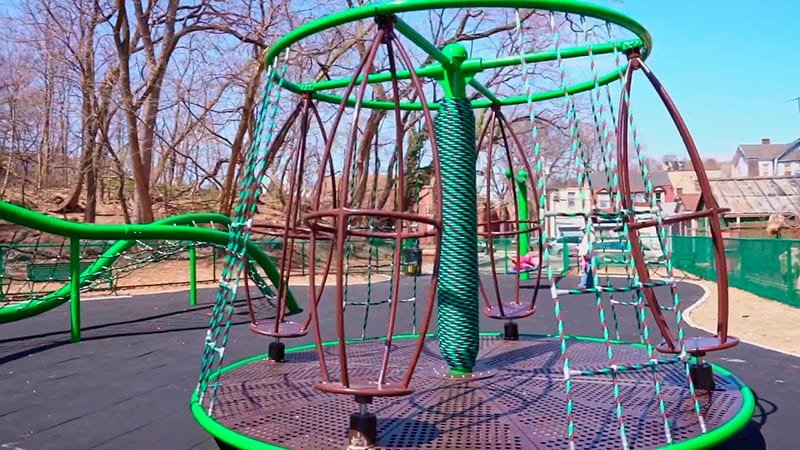Playgrounds are places where children can have fun, explore their environment, and develop physical and social skills. However, safety must always be a priority in the minds of the designers and builders of these spaces because the primary users are children who are not aware of the risks they may be exposed to but want to enjoy the facilities. For this reason, this article will discuss how professionals evaluate and design Rope Structures in Playgrounds to ensure that the fun goes off without a hitch.
Knowledge needed to design
Before starting to design a rope structure in playgrounds, professionals must have a solid understanding of the safety standards and regulations that apply to these spaces. In addition, they should be experienced in the selection and proper use of solid and durable materials. It is essential to choose ropes made of highly resistant fibers that can withstand hard daily work, inclement weather, and the elements but at the same time are soft enough not to injure children’s skin through rubbing, which can cause blisters or burns.
Risk assessment
Risk assessment is a crucial step in the design of safe rope structures. Practitioners must identify potential hazards and analyze the likelihood and severity of any injury or accident. This involves considering factors such as the height of the structure, strength of materials, stability, and load capacity so that actions can be taken concerning raw materials, shapes, design, and construction of the playground to ensure the safety of the playground and what additional elements should be implemented to increase the safety of the playground, rubber surfaces or others.
Design of safe structures
Once the risk assessment is completed, professionals can design the playground rope structure. Ropes and support elements should be made of high-quality materials that can withstand the wear and tear caused by frequent use and weather conditions, and it is also vital that ropes are adequately anchored to the ground or to a stable structure to avoid collapse or slippage. It is also necessary to assess the age of the target group and the number of users to ensure that the structure is weight-bearing, accessible, and safe for children.
Supervision, education, and awareness
Playgrounds with rope structures must be regularly monitored to ensure they are maintained in good condition and free of potential hazards.
In addition to designing safe rope structures, professionals should educate users and caregivers about best practices for maintaining playground safety. This may include pointing out the importance of supervising children while they play and explaining how to use the structures correctly.
By following established guidelines and maintaining proper supervision, you can ensure that children enjoy their playtime without jeopardizing their safety, and to do so, professionals must have the knowledge and experience to carry out these tasks efficiently and accurately.
What did you think of this topic? Do you want to know more about rope structures for playgrounds?
If you want a rope structure in a playground for your project, community, school, daycare, or public park, contact us by visiting the following link.
